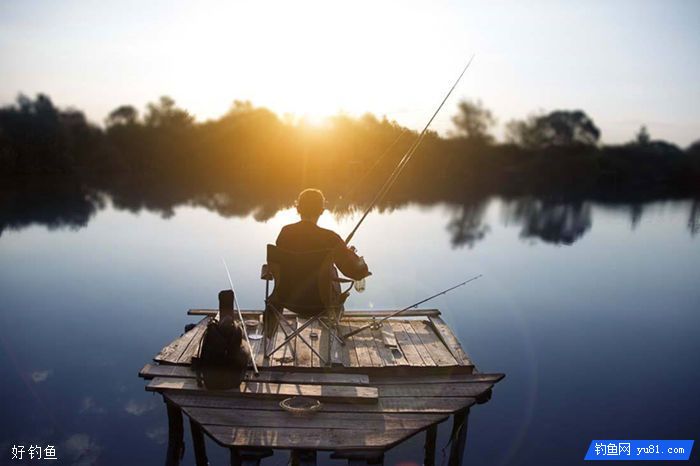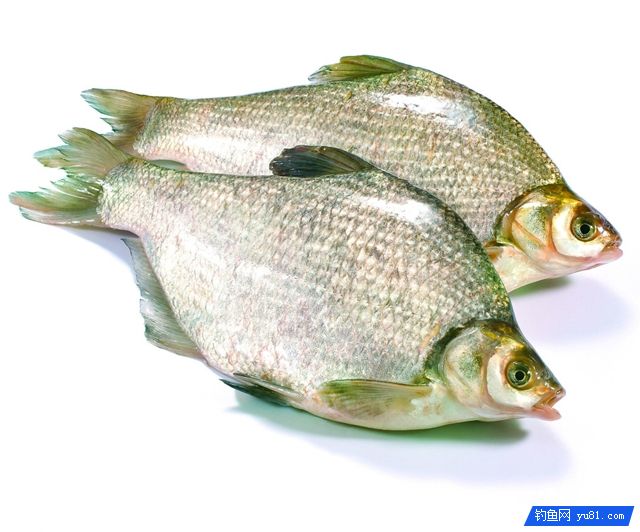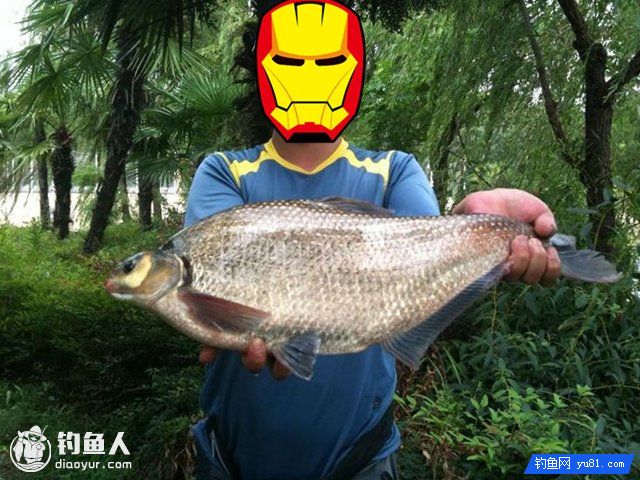5 Tips For Fishing In Summer
Bream, also known as bream, is also known as long-body bream, bream, and oil bream; it is known as raft head bream and cramped neck bream. In China, bream is also a general term for triangular bream and tufted bream (Wuchang fish). The body length is about 40 cm, which is more suitable for water-static life. It is mainly distributed in the middle and lower reaches of the Yangtze River in China. Rapid growth, strong adaptability and wide food. Because of its tender and delicious meat, it is one of the main freshwater aquaculture fish in China. Breams live in the middle and lower layers of water. They have mixed foods. Although they have small mouths, they have large mouths. When they come, they are a group of rods, so they are widely loved by anglers. There are some things to pay attention to when fishing for bream:
1. Time
The fish starts feeding in April every year and gradually increases in June. Therefore, this is the golden time for fishing for breams. It is better to fish from 8 am to 6 pm, and fishing can also be done at night. Because bream is not resistant to low oxygen, when fishing, you should choose cheerful weather, light rainy days, or days with winds below level 4. In breeze weather, fishing in the wind is best; when the wind and waves are slightly higher, you can throw the rod in the wind. If the climate changes suddenly and strong convective weather such as strong winds and heavy rains pass through, it is not suitable for fishing.
2. Fishing point
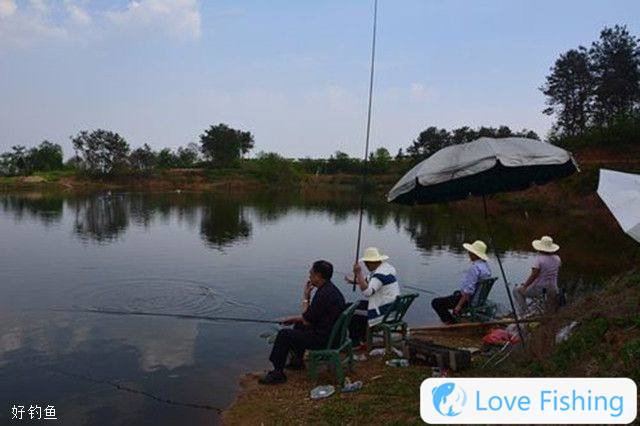
The choice of fishing spot is the top priority in the process of fishing for bream. Combined with some factors such as dissolved oxygen and water depth, we can choose the fishing spot at the junction of clear water injection, deep water and shallow water. If there are aquatic plants by the lake, we can also set the fishing spot at a larger gap in the aquatic plants area. These places either have sufficient dissolved oxygen or are rich in natural bait, which is frequented by breams.
The above fishing spots must be clean in water. If the water is turbid, the fishing effect will not be very good. After we found the fishing spot, it was time to find the living area where bream was in the water. As the water temperature increases, breams will change the retained water layer. If the water depth is about 3 meters and the water temperature is above 28 degrees, breams will generally swim in the middle layer of the water body in groups. At this time, there will be targeted underground hooks, and the harvest will definitely be quite rich.
3. Fishing group
When fishing for breams, you need to choose the corresponding equipment and fishing method. Generally speaking, you can use a 4.5-meter or 5.4-meter Panax notoginseng carbon hand rod. Since the bream has a relatively small mouth and a weak struggle force after being hooked, it is not as strong as a grass carp. Therefore, small hooks with thin hook strips and narrow hook doors should be selected, and then match the main line of No. 1.0 and sub-lines of No. 0.6. The main line and sub-lines should be selected with high-quality fishing lines of the same brand. This line group can fully cope with about 1 kilogram of breams.
4. Bait
Although bream is an omnivorous fish, it belongs to the family Carp family and especially likes baits with a sweet aroma of wine. The bait for fishing is mainly vegetarian and can be prepared by yourself.
Bait making
Bad is very important when fishing for bream, even more important than bait. When the bream comes, it is a group. Once you find the top-down debris, you will not leave until you finish eating. Moreover, there will be a phenomenon: when the bait sinks in the bottom-off bream interface, or stays at a higher position from the bottom due to the bait atomization, the companions below will follow suit and then float to the higher position from the bottom.
How to make fish bait: prepare fresh bran and original sweet rice wine. Stir the bran and rice wine in a ratio of 3:1, pack the prepared bait in plastic bags, and refrigerate it in the freezer layer in the refrigerator for one night. If the time is too late, you can use the method of using it as you like.
When fishing for fishing for fishing, you must make a big nest. Knead the bait into an apple-sized ball and throw 3 to 5 balls at a time. As long as there are breams in the water, they will definitely come over after they get out of the nest. If they can catch the first one, they will not worry about not having the second one.
Fishing bait production
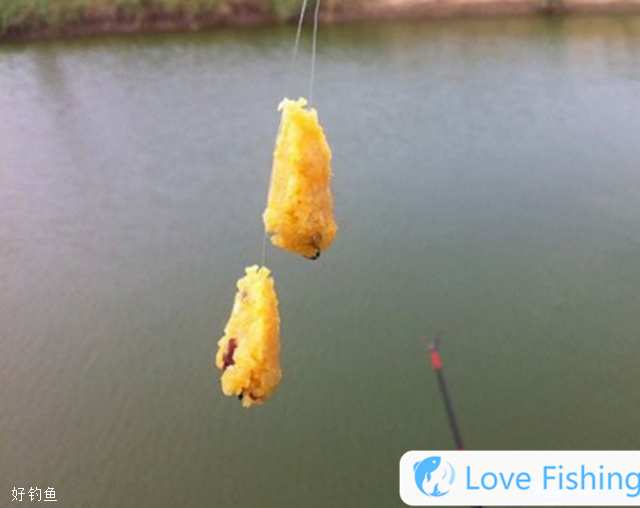
Breams like plant-based fishing baits. They can use dough, sticky commercial baits, cooked sweet potato pieces, earthworms and shrimps to fish for tender vegetable leaves and pumpkin petioles. Here we recommend a homemade dough packing a layer of bait, which is simple and effective.
How to make and use bait: Just add some sugar to ordinary white flour. This bait is neither prone to rot and fish likes to eat it. Pay attention to stirring and melting the sugar with water, and then mixing the dough with this sugar water, so as to be softer as possible. This is very important. Otherwise, the hook tip sometimes cannot pass through the fish's mouth, which can easily cause the fish to run away.
Just pinch the bait balls on the bait to the size of corn kernels. In the first few rods, you can pack more bait outside the bait to make the size of the bait similar to that of the walnuts. After the fish gather at the den, you can pack the bait appropriately with smaller dots. At the beginning, it is common for a few small fish to make a hook. You can't be bothered at this time. As soon as the bream comes, the small fish will run away.
5. Fishing method
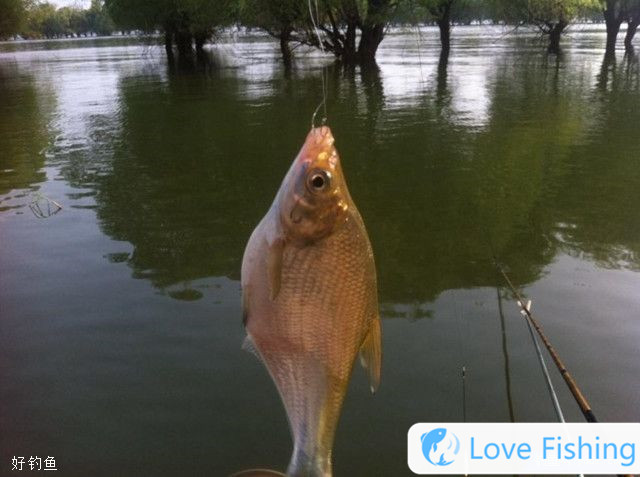
Because of the wide body of a bream, except for the bait that fights to leave the bottom, the sinking tip of the bottom is the hook that is all reflected in the lifting of the mark. After floating for 2 to 3 eyes, it is usually a big bream that does not move. If the weather is relatively normal, fishing for breams should be the main focus; if the weather is too stuffy, it should be changed to fishing for half water.
Recommended Reading
About us| Privacy Policy| Contact Us
Copyright © 2023-2030 Copyright@Love Fishing

